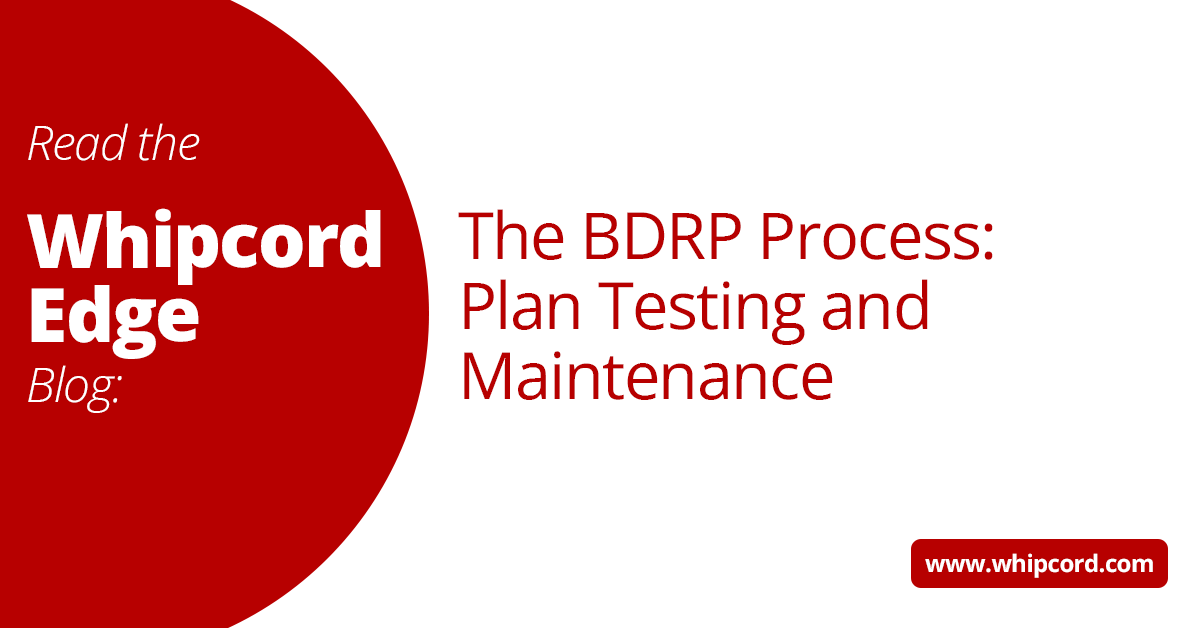This is the fifth and final post in a series written by Guy Netaneli of 010 Data Protection. A partner and customer of Whipcord Edge, 010 helps business develop their plans and design technical solutions to support them.
Testing the BDRP is crucial to ensure its effectiveness and identify any weaknesses. This phase involves conducting various types of tests, such as table-top exercises, simulated disaster scenarios, and full-scale drills. Each type of test serves a specific purpose: table-top exercises help validate the plan on a theoretical level, simulated scenarios test specific components, and full-scale drills evaluate the plan's overall execution. Regular testing helps familiarize the recovery team with their roles and responsibilities, ensuring a swift and coordinated response during an actual disaster.
Feedback from testing activities is invaluable for improving the BDRP. After each test, a thorough review should be conducted to identify gaps, bottlenecks, and areas for improvement. Engaging all participants in a debriefing session allows for the collection of insights and suggestions. This feedback is then used to refine and enhance the recovery procedures, making them more robust and effective.
Maintenance of the BDRP is an ongoing process that involves continuous updates and revisions. Changes in business operations, technology, and external threats necessitate regular reviews of the plan. Keeping the BDRP up to date ensures that it remains relevant and effective. Additionally, regular training sessions for the recovery team help maintain their preparedness, ensuring that they can execute the plan efficiently when needed. By prioritizing testing and maintenance, businesses can ensure that their BDRP is always ready to protect against disruptions and safeguard continuity.
Guest Author
Guy Netaneli
-1.png?width=1092&height=792&name=logo%20(1092x792)-1.png)
%20copy(black%20letters).png?width=1092&height=792&name=logo%20(1092x792)%20copy(black%20letters).png)



.png?width=100&height=91&name=white%20logo%20(100x91).png)